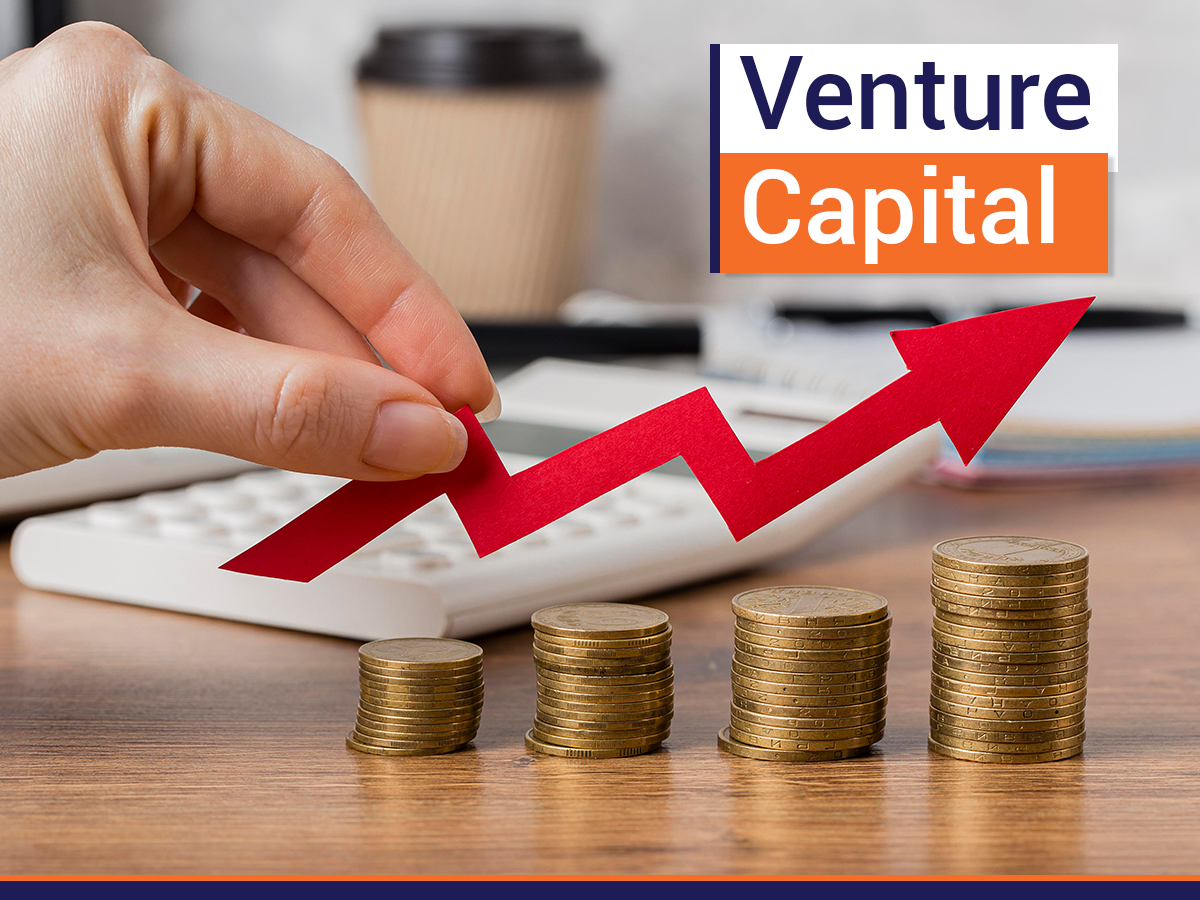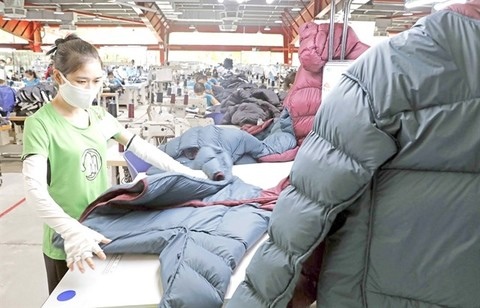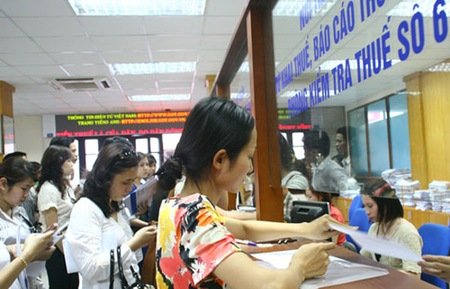Foreign-developed IZs have higher occupancy rates than Vietnamese counterparts
Foreign-developed IZs have higher occupancy rates than Vietnamese counterparts
Most of the industrial zones (IZs) in Vietnam developed by foreign investors have higher occupancy rates than those developed by Vietnamese because they have better strategies to attract businesses.
A report showed that 289 IZs have been licensed, of which 184, or 63.5 percent, have become operational, while the remaining zones are still under construction. The operational IZs have a low occupancy rate of 50 percent.
Analysts said the changes in the tax policies have not made IZs more attractive to businesses. Prior to 2009, the IZs in difficult areas could enjoy corporate income tax incentives. However, the incentives were removed in 2009, when the 2009 Corporate Income Tax Law was enacted.
They noted that more and more foreign-invested enterprises (FIEs) have been established in IZs, but they do not have a strong attachment to Vietnamese enterprises.
The problem can be seen in the increasingly high excess of imports over exports of the IZs. In 2006, the IZs’ trade deficit reportedly stood at $4.5 billion, while the figure rose to $9 billion in the first 10 months of 2014.
Most of the FIEs import materials and machines from their holding companies or foreign branches to make products in Vietnam, where they can enjoy tax incentives, low rents and cheap labor costs.
Forval, a Japanese group, after analyzing problems in Vietnamese IZs, also came to the conclusion that the local businesses’ weak technological capability and the disconnection between FIEs and domestic enterprises are the cause of problems behind the IZs’ low efficiency.
It also pointed out another problem of the IZs – the lack of schools nearby. In Binh Duong province, which has the highest number of IZs in Vietnam, for example, there is only one school which focuses on vocational training, and there is no research institute in the locality.
The local authorities have applied many policies to encourage businesses to invest and to apply R&D (research and development), but the policies alone have not helped.
As a result, IZs mostly hire low-skilled laborers. A report of the HCM City Science and Technology Department showed that only 1 percent of enterprises in IZs use advanced technologies, four percent use “above average” technologies and 51 percent of enterprises have a low technology level.
While the Vietnamese-invested IZs are meeting big difficulties, the foreign-invested ones have been prospering.
The Long Duc IZ in Dong Nai province, capitalized at $800 million, has been cited as a typical example of success.
The IZ’s occupancy rate has reached 60 percent, according to Long Duc Investment Company’s CEO Atsushi Uehara.
He said Long Duc attracts many investors like a flock of fowl. One company, like a mother hen, can lure others.







